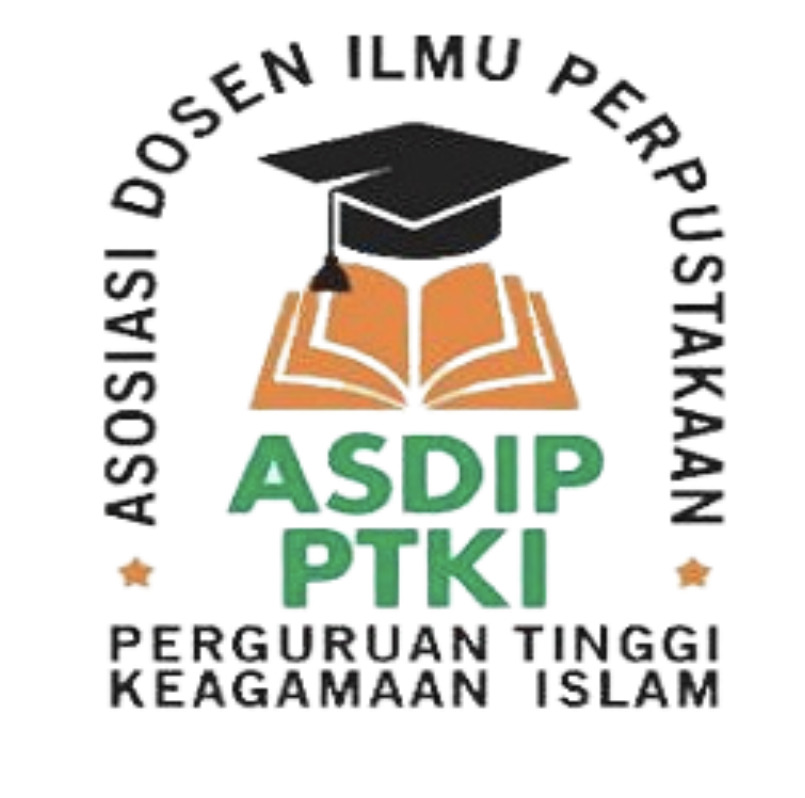Mediatisasi Kebijakan Penerbitan E-Journal dengan Open Journal System di Indonesia
DOI:
https://doi.org/10.29240/tik.v4i1.1176Keywords:
Mediatization, E-Journal, Open Journal System, Policies Government, Scholarly CommunicationAbstract
Downloads
References
Ampuja, M., Koivisto, J., & Vliverronen, E. (2014). Strong and weak forms of mediatization theory: A critical review. Nordicom Review, 35, 111124.
Anwar, K. (2018). Mediatisasi Rupa Kota dalam Iklan Meikarta. Lensa Budaya, 13(1), 7583.
Arief, I., & Handoko, H. (2017). Jurnal Online dengan Open Journal System. Padang: LPTIK Universitas Andalas.
Couldry, N., & Hepp, A. (2013). Conceptualizing Mediatization: Contexts, Traditions, Arguments. Communication Theory, 23, 191202. https://doi.org/doi:10.1111/comt.12019
De Silva, P. U. ., & Vance, C. K. (2017). Scientific Scholarly Communication: The Changing Landscape. Springer, 8.
Dirjen Risbang, K. (2016). Policy Brief: Kebijakan E-Journal, Akreditasi, Indeksasi, Sitasi dan Internasionalisasi Jurnal di Indonesia. Jakarta.
Fatmawati, E. (2016). Perubahan Kultur Akses Informasi Pemustaka Dalam Bingkai Mediasi dan Mediatisasi. Semarang.
Hjarvard, S. (2008). The Mediatization of Society: A Theory of the Media as Agents of Social and Cultural Change. Nordicom Review, 29(2), 105134.
Hjarvard, S. (2016). Medialisering: Teori og Historie. In S. Hjarvard (Ed.), Medialisering. Mediernes Rolle i social og Kulturel Forandring (pp. 1738). Kbenhavn: Hans Reitzel.
KBBI, I. (2016). Kamus Besar Bahasa Indonesia. Retrieved October 9, 2019, from Jakarta: Kementerian Pendidikan dan Kebudayaan Republik Indonesia website: https://kbbi.kemdikbud.go.id/entri/karakter
Kemenristekdikti, I. Peraturan Menteri Riset, Teknologi, dan Pendidikan Tinggi Republik Indonesia Nomor 9 Tahun 2018 Tentang Akreditasi Jurnal Ilmiah. , (2018).
Kriyantono, R. (2006). Teknik Praktis Riset Komunikasi. Jakarta: Kencana Prenada Media Group.
Lukman, L., Ahmadi, S. S., Manalu, W., & Hidayat, D. S. (2017). Pedoman Publikasi Ilmiah. Jakarta: Direktorat Jenderal Penguatan Riset dan Pengembangan - Kementerian Riset, Teknologi, dan Pendidikan Tinggi.
Lukman, L., Hidayat, D. S., & Atmaja, T. D. (2016). Manajemen Jurnal Elektronik (e-Journal). Depok.
Meyrowitz, J. (1998). Multiple Media Literacies. Journal of Communication, 48(1), 96108. https://doi.org/10.1111/j.1460-2466.1998.tb02740.x
Mukherjee, B. (2009). Scholarly Communication: A Journey from Print to Web. Library Philosophy and Practice.
Mukherjee, B. (2010). Scholarly Communication in Library and Information Services: The Impacts of Open Access Journals and E-Journals on a Changing Scenario. London: Chandos Publishing.
Mukhlis, M. (2019). Pengembangan Komunikasi Ilmiah dalam Pengelolaan Repositori Institusi: Studi Kasus pada Tiga Perpustakaan Universitas di Yogyakarta (UGM, UNY, dan UIN Sunan Kalijaga). Yogyakarta.
Nashihuddin, W., & Aulianto, D. R. (2016). Pengelolaan Terbitan Berkala Ilmiah Sesuai Ketentuan Akreditasi: Upaya Menuju Jurnal Trakreditasi dan Bereputasi Internasional. Jurnal Pustakawan Indonesia, 15(12), 8398.
Sahrudin, U. (2019). Peran Pustakawan Dalam Pengelolaan Dan Penerbitan Jurnal Ilmiah (Role Of Library In Management And Publishing Scientific Journals). Kandaga - Media Publikasi Ilmiah Jabatan Fungsional Tenaga Kependidikan, 1(1).
Setyawan, S. (2013). Konstruksi Identitas Suporter Ultras di Kota Solo (Studi Fenomenologi terhadap Kelompok Suporter Pasoepati Ultras). Surakarta.
Strmbck, J. (2008). Four Phases of Mediatization : An Analysis of the Mediatization of Politics. 13(3), 228246. https://doi.org/10.1177/1940161208319097
Suwahyono, N., Purnomowati, S., & Ginting, M. (2014). Pedoman Penampilan Majalah Ilmiah Indonesia. Jakarta.
Downloads
Published
Issue
Section
Citation Check
License
Authors who publish with Tik Ilmeu : Jurnal Ilmu Perpustakaan dan Informasi agree to the following terms:
- Authors retain copyright and grant the journal right of first publication with the work simultaneously licensed under a Creative Commons Attribution-NonCommercial-ShareAlike 4.0 International License (CC BY-NC-SA 4.0) that allows others to share the work with an acknowledgment of the work's authorship and initial publication in this journal.
- Authors are able to enter into separate, additional contractual arrangements for the non-exclusive distribution of the journal's published version of the work (e.g., post it to an institutional repository or publish it in a book), with an acknowledgment of its initial publication in this journal.
- Authors are permitted and encouraged to post their work online (e.g., in institutional repositories or on their website) prior to and during the submission process, as it can lead to productive exchanges, as well as earlier and greater citation of published work (See The Effect of Open Access).







 This work is licensed under a
This work is licensed under a 